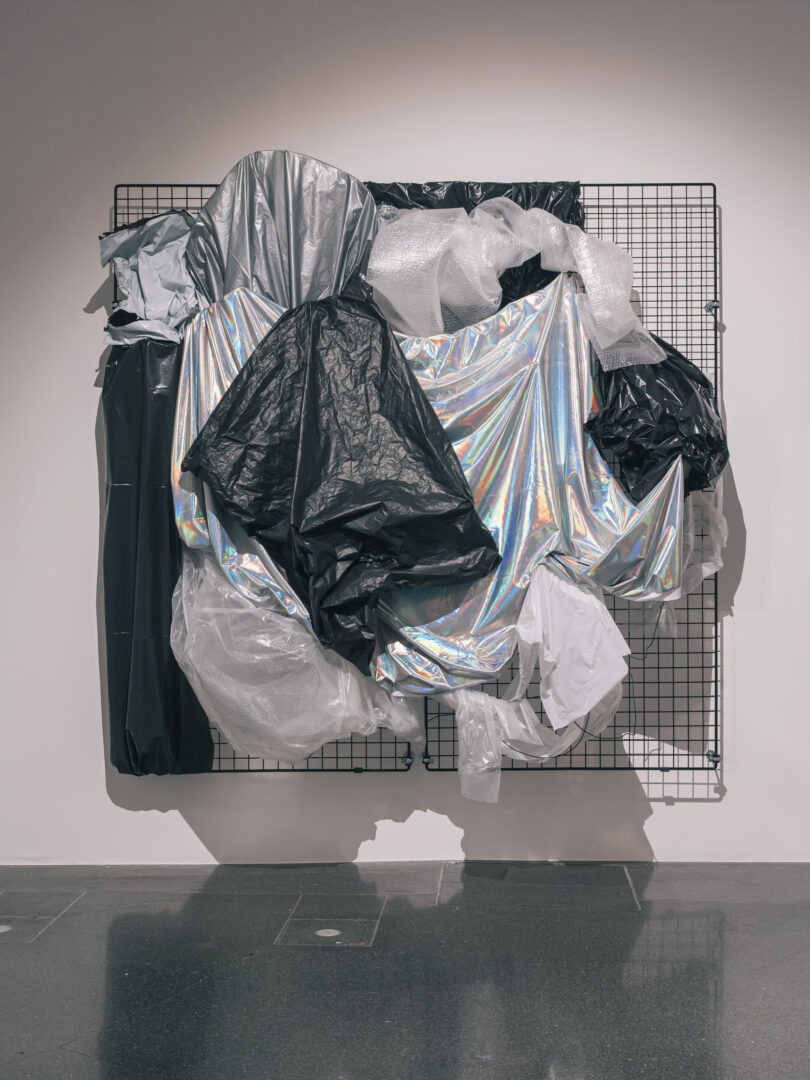Art and Transformation
This session is dedicated to an exploration of how various forms of art inform, capture and influence urban transformations. We have invited three artists that represent different forms of public art.
Friday, September 5th


Hülya Özkan
Hülya Özkan represents the urban trash transformation, an artist collective which was founded in Dortmund in the Ruhr Area, where waste was considered an infrastructural problem. The collective aims to approach trash creatively by collecting, experimenting and re-designing (with) waste materials, giving new life to seemingly worthless things. The project focuses on the interface between urban art, in particular the graffiti scene, and sustainability, combining upcycling, sustainable action and urban art in a creative symbiosis. Research is being carried out into which materials can be used and how sustainable work can be implemented in art.
Gregor Sailer
Gregor Sailer is an Austrian photographer and video artist working in the areas of art and architecture. His work captures the structural transformation in and of contested landscapes, aiming to shed light on the complex political, economic and socio-geographical implications of architecture, urbanisation, and geo-political decisions. His documentation of the destruction of a heritage industrial scape — the cooking plant Hansa in Dortmund, a city situated about 30 km to the east of Essen — and on the spatial dynamics of unseen and inaccessible places make his work highly relevant for LL research.
Website: http://www.gregorsailer.com/
Instagram: @gregorsailer


Daniela Vasconcellos da Silva
Daniela Vasconcellos da Silva is a Brazilian tattoo artist working in Sydney Australia. In her artistic practice, Daniela works closely with her clients to create bespoke tattoos, resulting in a layering of semiotic traces on human bodies. She provides pro bono tattoos for women bearing breast cancer scars, allowing populations impacted by regimes of illness and medicalisation to retake control over their bodies. Over-writing body parts with intentional artistic semiosis allows scarred populations to manage hegemonic and often essentialising bodily expectations, claiming back their right as viable bodies in various spaces of appearance.
Ink, Scars, and the Open Sea: The Multifaceted Journey of Daniela Vasconcellos (Women’s Herald Dec 2024, link opens in a new tab)
Website: https://www.danitattoo.com/

